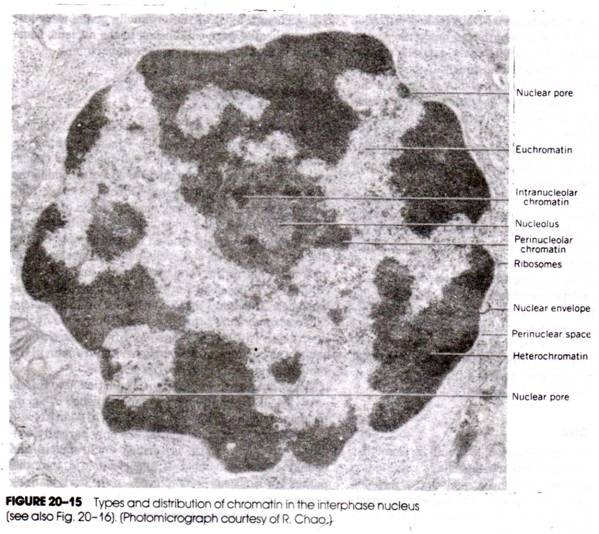Read this article to learn about the Life Cycle of Enterobius !
Phylum: Nematoda
Class: Secernentea
Order: Oxyurida
Genus: Enterohius
Species: vermicularis
Enterohius vermicularis (Oxyuris vermicularis) is commonly called human pinworm. It grows in human caecum, colon and appendix. The female worms are longer than the male. Its terminal mouth is bounded by three lips like structure and a pair of cephahc expansions of cuticle. The males have a curved tail and a single penial spicule in the cloaca (fig. 9.24).
 The worms have a monogenetic life cycle i.e. it completes its life cycle in one host. Copulation takes place in human colons. During night time, the female crawl out of the anus of the human host for egg laying. The female worm releases near the anus of the human body spreading their eggs in the adjacent parts of the host and on the under garments.
The worms have a monogenetic life cycle i.e. it completes its life cycle in one host. Copulation takes place in human colons. During night time, the female crawl out of the anus of the human host for egg laying. The female worm releases near the anus of the human body spreading their eggs in the adjacent parts of the host and on the under garments.
These eggs contain the rhabditiform larva. The eggs are ingested by the same or other hosts with contaminated food and drinks or directly by contaminated fingers and fingernails. The egg shell is digested in the duodenum of the host and the larvae are released. The larvae migrate to the large intestine of the host and grow in size.
They undergo four moults and in about two month’s time grow into adults. The disease caused by pinworm is known as oxyuriasis. The common symptoms of the disease include loss of appetite, itching of anal parts, restlessness, diarrhea, and inflammation of rectum.